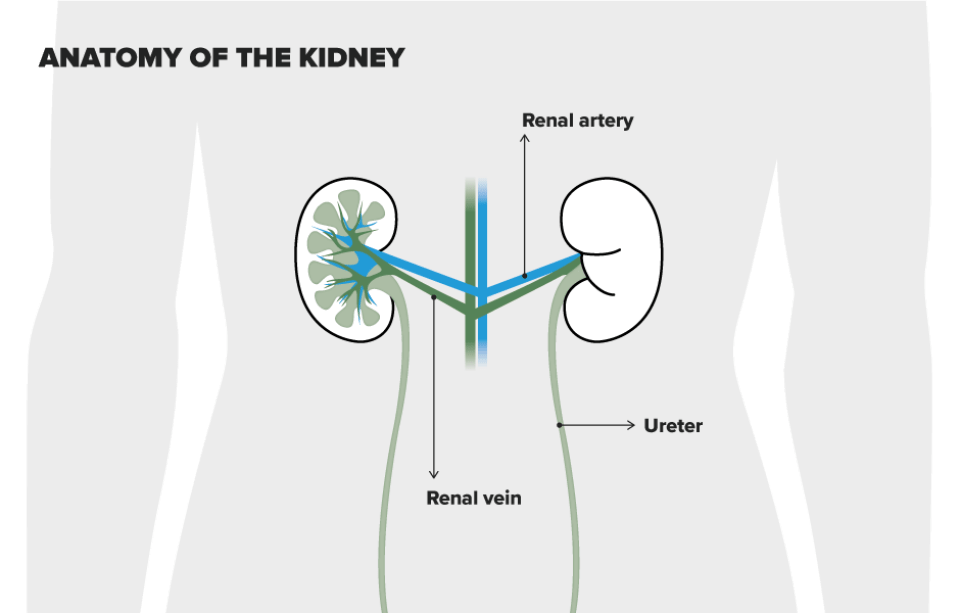Substantiated information by:

Fritz Diekmann
Head of the Renal Transplantation Section
Nephrology and Renal Transplant Service

Mireia Musquera Felip
Head of the Renal Transplantation Section
Urology Service
Published: 19 April 2021
Updated: 19 April 2021
Subscribe
Receive the latest updates related to this content.
Thank you for subscribing!
If this is the first time you subscribe you will receive a confirmation email, check your inbox
An error occurred and we were unable to send your data, please try again later.
